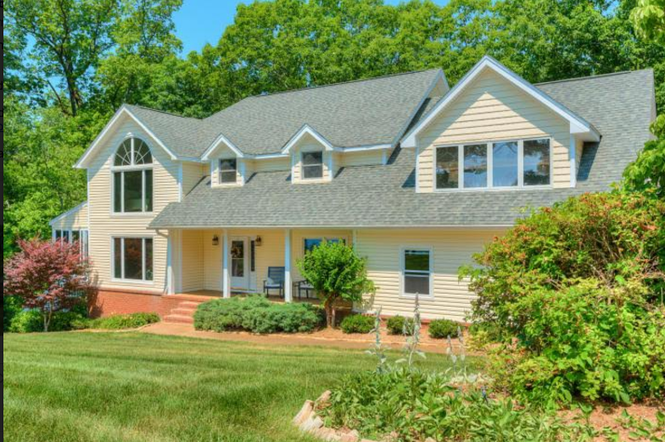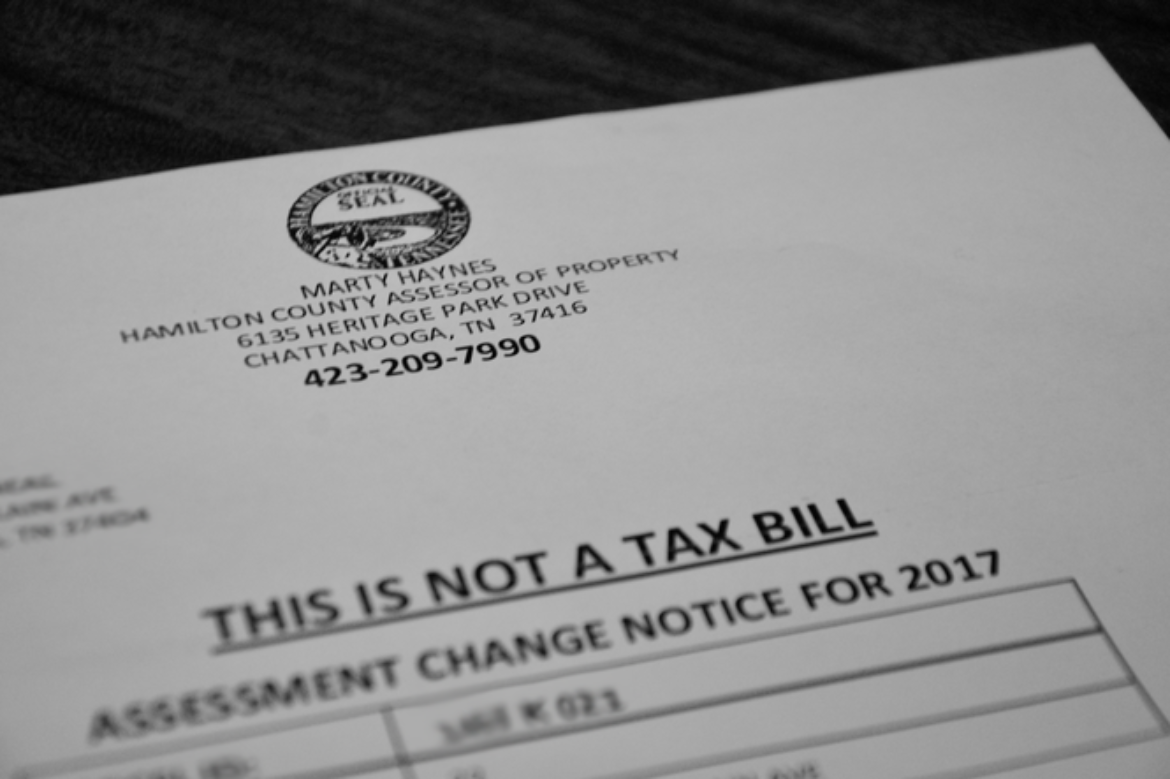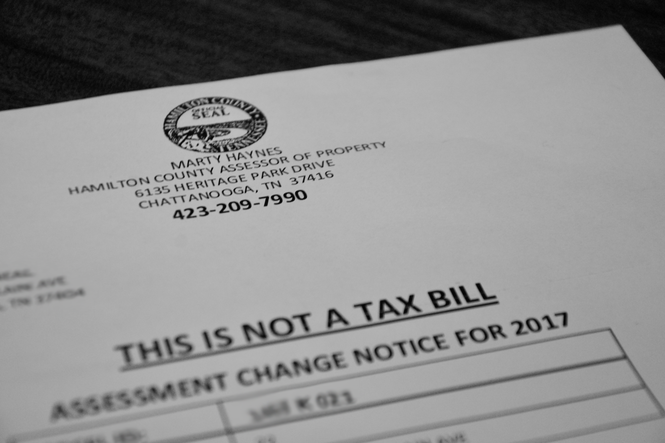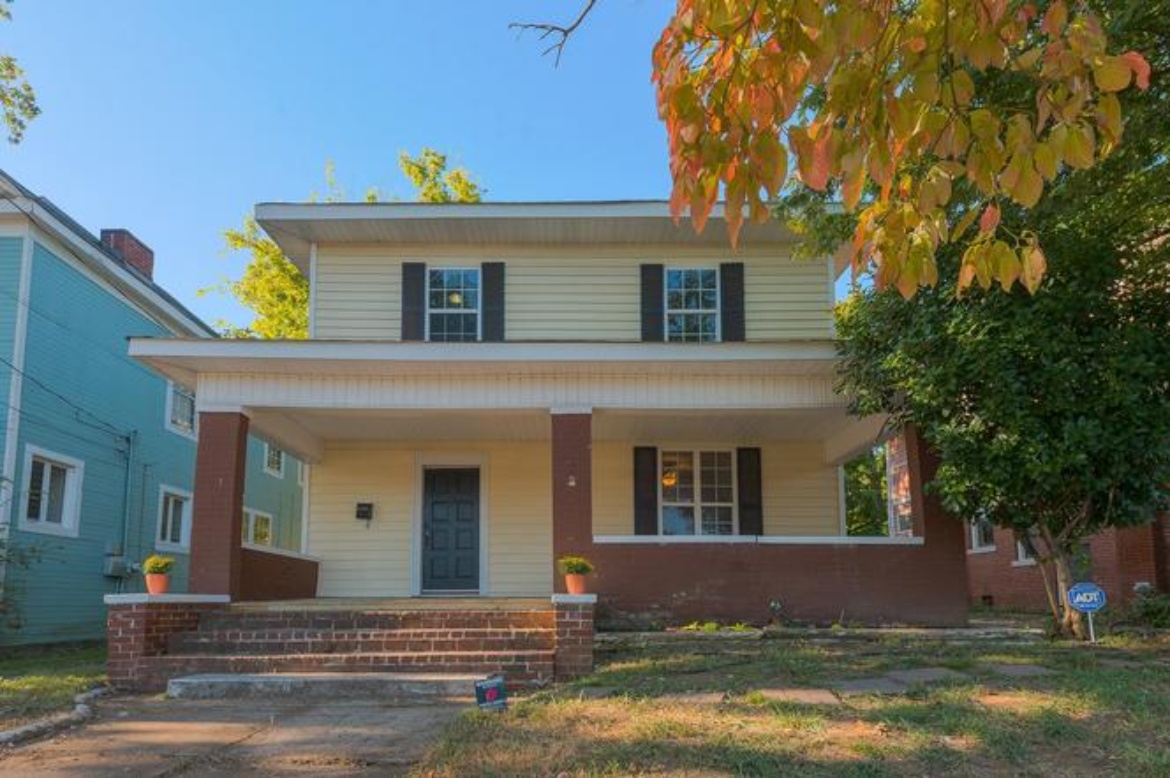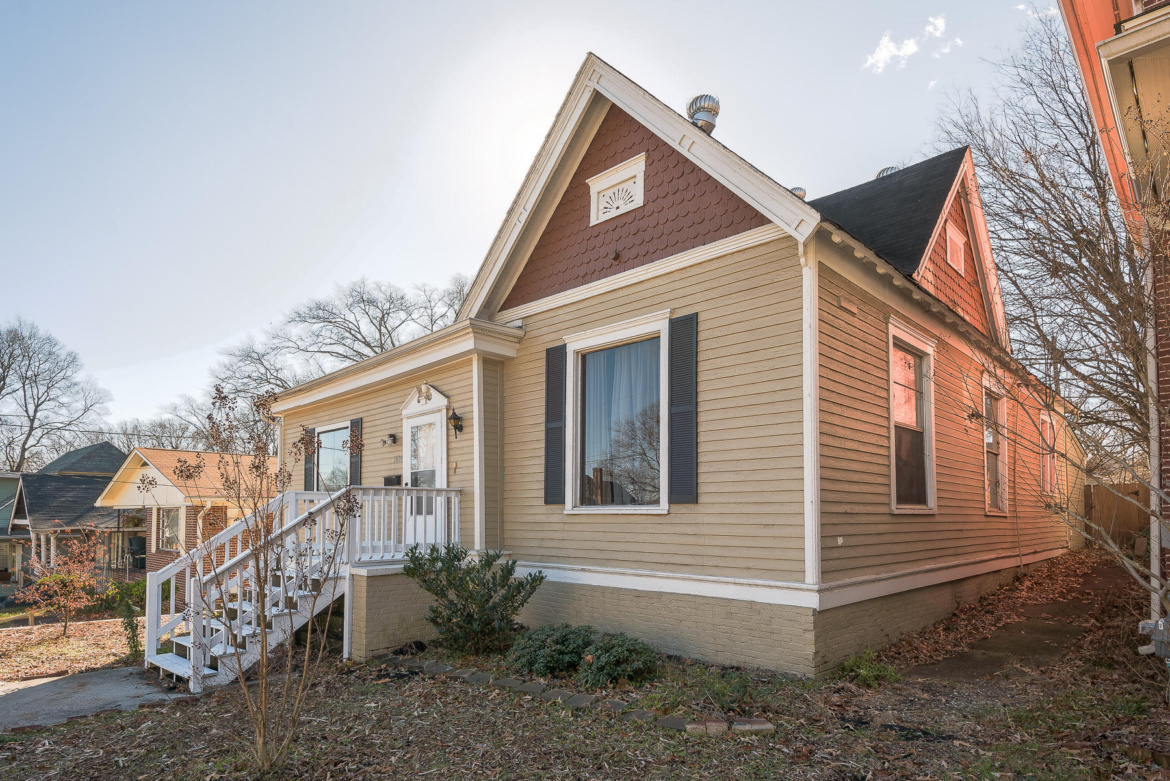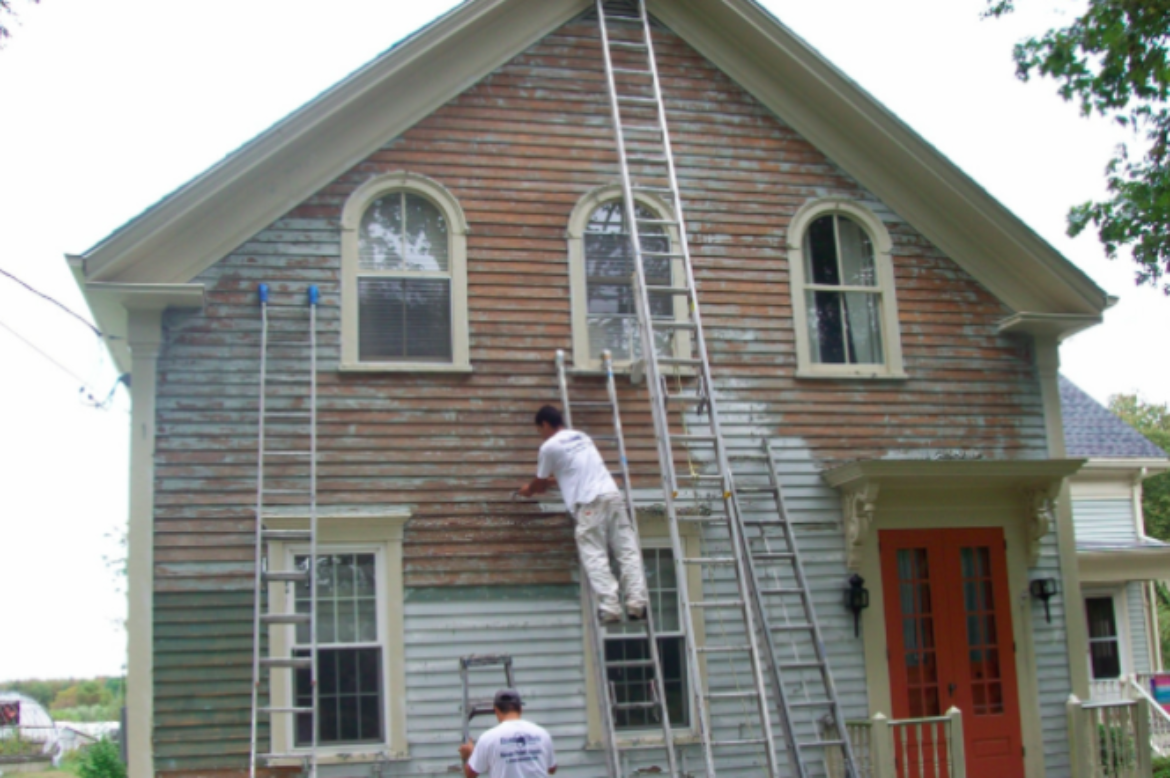
Flipping a house is a labor of love that will cost you lots of time and money. (Photo: TheShady88, Flickr)
The idea of investment properties has been big in recent years. The Great Recession of 2008 in many ways created a pivotal moment in time for investors, or would-be investors, to take advantage of an abundance of lower-priced properties and highly motivated sellers. TV shows such as “Flip This House” and “Flip or Flop” have made the process look easy and appealing.
There seem to be several types of investors in the real estate market. One type would be those who are road-worn, well-versed and who have earned their stripes from years of hard learning. These guys and gals are hardcore. They know their numbers, material costs and subcontractor costs like the backs of their hands, and it works for them … most of the time. Another type are the “Johnny-come-latelys” who have become “experts,” thanks to TV shows. Time will tell, and as my grandfather used to say, if “the cream will make it to the top.” (If you don’t know what that means, you are one of the Johnny-come-latelys.) This business of flipping houses has been around a long time, and it is not for the faint of heart or for those who “have a great idea.”
This process is not cheap nor is it easy, despite what success stories and television shows would have you believe. That’s not to say purchasing investment properties isn’t for you; it’s just imperative to know there’s more to it than pulling together some money, buying a property, painting it, selling it for a king’s ransom and retiring on some sunny isle.
Here are some things to know before you sign on any dotted lines.
You need a formula.
The wisest investors I know have developed formulas that work for them. They’ve learned from their mistakes, and they now have a formula, a special sauce, a secret recipe. Their individual formulas will take into consideration the property price, labor and renovation costs, overhead, transaction costs, holding time, and—then and only then—profit. Profit will be, as the veterans will tell you, what’s left over. You see, the future selling price of the property is already determined; it will be defined by what the market will bear and no more. Know your numbers, know your numbers, know your numbers.
Be pessimistic.
In most aspects of life, you need to “think positive,” but that may not serve you well in this arena of investment properties. Without question, it will cost you more than you initially think, and it will certainly take you longer than you first thought and you’ll say, “Jeez, that’s not the way it looked on television.” So don’t be optimistic going in that everything will go according to plan. It never does in the construction world and it’s not going to be different with your project … Be a pessimist and be prepared; it will pay off.
Employ others.
Whether you have one investment property or 20, you need the advice of others: a great bookkeeper, a great attorney (oh, yes, you do need one … either now or later!), a great team of subcontractors (mediocre will ultimately cost you), a great real estate professional (you will be grateful for their involvement). Build yourself a great team of advisers and reap the benefits of their experience. If you plan on keeping the property in your portfolio, consider a property management company. Tenants don’t pay rent and sinks leak, and that may not be part of the investment property process you want to deal with, so get someone on your side who will. They will be worth their weight in gold bullion. You and your insurance agent need to get very close, as they will help protect all your assets as you build your kingdom. “The way of a fool is right in his own eyes, but a wise man is he who listens to counsel” … hmmmm. Build a great team by employing others.
Do your research.
It’s obvious that you need to know the neighborhood and marketplace when you’re considering an investment property, but what you need to know doesn’t stop there. You should have at least a basic understanding of construction costs: plumbing, electrical, drywall, insulation, painting, landscaping, roofing, lighting, all that and more. If all that is unfamiliar to you, you aren’t ready to jump into the deep end. Investigate pricing with your subcontractors; develop a mentoring relationship with someone who has been there and done that. If you can’t walk through a potential home and understand what it will cost to replace the knob-and-tube wiring or change out the galvanized plumbing, you still have some homework to do.
It takes more than money.
Being an investor can be rewarding, but it can be painfully expensive when it goes wrong. Cash flow is king, so have some financial margin built into your business plan. Be flexible. Don’t hesitate to pass on a project if you are not comfortable with all the numbers. Be patient. It’s a process: Plan on answering phone calls on the weekends and plan on deals falling apart. The learning curve is deep, but patience will serve you well. Jump in, hang on and forge ahead!





